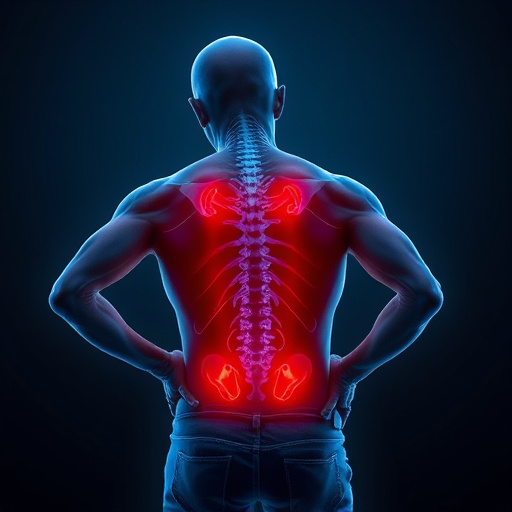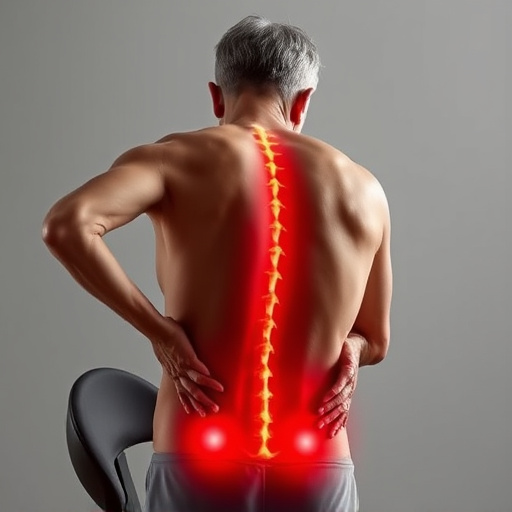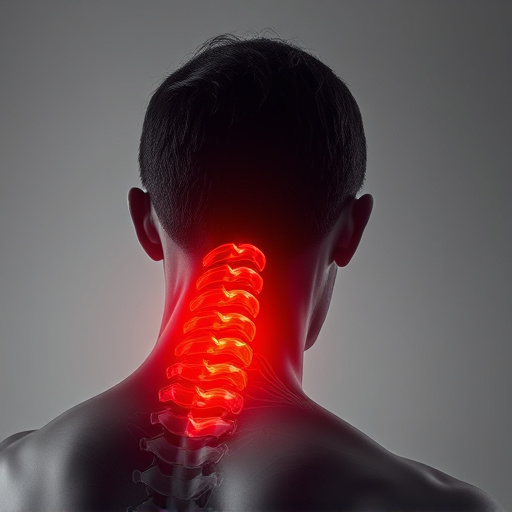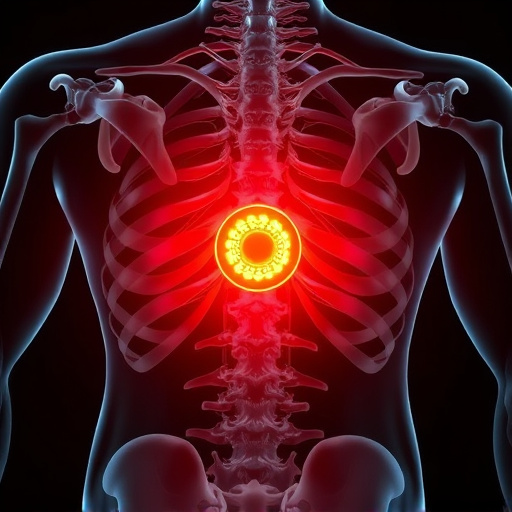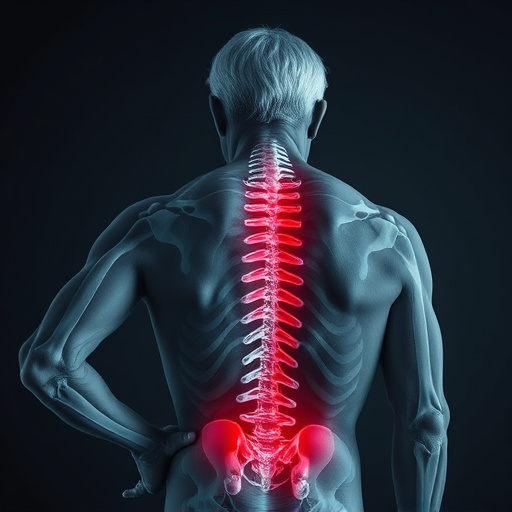Auto injury assessments are structured procedures used by chiropractors to examine and document injuries from motor vehicle accidents. These evaluations include medical history reviews, physical exams, imaging analysis, and functional tests to diagnose symptoms like whiplash and back pain. The process integrates post-accident rehabilitation focused on restoring mobility, alleviating pain, and enhancing function for optimized patient recovery outcomes.
Auto injury assessments are crucial in accurately diagnosing and treating whiplash and back pain symptoms following a collision. Understanding standardized assessment protocols ensures comprehensive evaluation. This article delves into the process, focusing on recognizing key symptoms of whiplash and back injuries. We explore diagnostic tools used to confirm diagnoses and emphasize the importance of professional auto injury assessment for effective treatment planning.
- Understanding Auto Injury Assessment Protocols
- Evaluating Whiplash and Back Pain Symptoms
- Diagnostic Tools for Accurate Assessment
Understanding Auto Injury Assessment Protocols
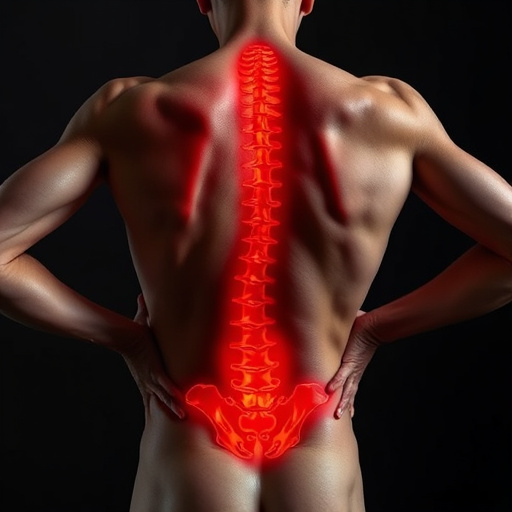
Auto injury assessment protocols are designed to systematically evaluate and document injuries resulting from motor vehicle accidents. These assessments play a crucial role in determining the extent of damage, guiding treatment plans, and facilitating fair compensation for victims. The process typically involves a comprehensive review of medical history, physical examinations, imaging studies, and functional assessments.
Chiropractors specializing in personal injury care conduct these evaluations to identify symptoms such as whiplash and back pain. Post-accident rehabilitation is a key aspect integrated into the assessment, focusing on restoring mobility, alleviating pain, and improving overall function. By adhering to established protocols, healthcare professionals ensure a thorough understanding of auto accident injuries, promoting effective treatment strategies and optimizing patient outcomes in their recovery journeys.
Evaluating Whiplash and Back Pain Symptoms
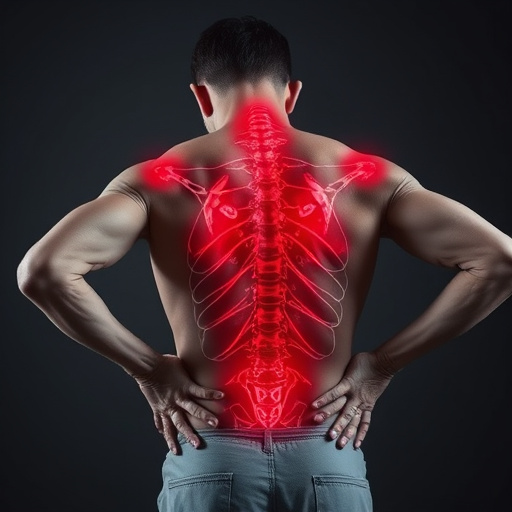
When assessing auto injury symptoms, particularly whiplash and back pain, a thorough evaluation is crucial. This involves a detailed patient history, including the nature and severity of the impact, as well as any pre-existing conditions. During the physical examination, healthcare professionals look for specific signs and symptoms that indicate the extent of the injuries.
Range of motion tests, spinal manipulation, and specialized diagnostic tools are often employed to quantify back pain and whiplash-related symptoms. These assessments help in tailoring post-injury care plans, which may include physiotherapy, medication for back pain relief, or recommendations for sports injury treatment, depending on the severity and nature of the injuries.
Diagnostic Tools for Accurate Assessment
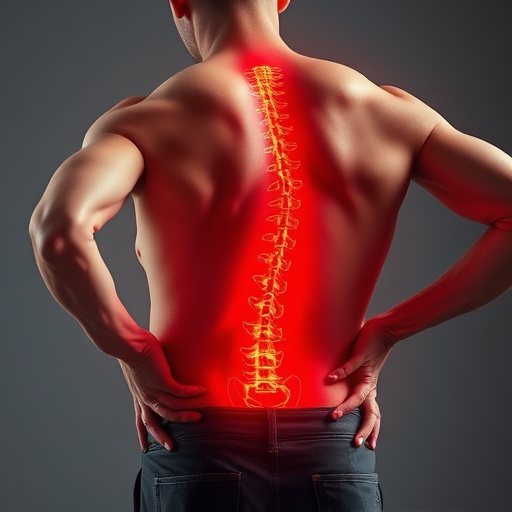
Accurate auto injury assessment for whiplash and back pain symptoms is paramount to ensure effective treatment and recovery. Healthcare professionals utilize a combination of diagnostic tools to gain a comprehensive understanding of an individual’s condition. This includes detailed patient history taking, where medical professionals inquire about the incident, severity, and duration of symptoms. Physical examinations play a crucial role, focusing on range of motion tests, muscle strength assessments, and palpation to identify areas of tenderness or spasm.
Advanced imaging techniques such as X-rays, MRIs, and CT scans are often employed to rule out fractures, herniated discs, or other structural abnormalities contributing to neck pain relief. Additionally, specialized tools for assessing soft tissue injuries, like standardized assessment forms and specialized hardware, aid in quantifying the extent of damage. These methods collectively enable healthcare providers to tailor treatment plans, which may include physical therapy, to address specific needs, optimizing outcomes and enhancing patient comfort.
Auto injury assessment plays a crucial role in accurately diagnosing and treating whiplash and back pain symptoms post-motor vehicle accidents. By understanding standardized assessment protocols, evaluating specific symptoms, and utilizing appropriate diagnostic tools, healthcare professionals can provide more effective care. This comprehensive approach ensures that individuals experiencing auto injury-related pain receive the necessary treatment to promote healing and restore mobility.








